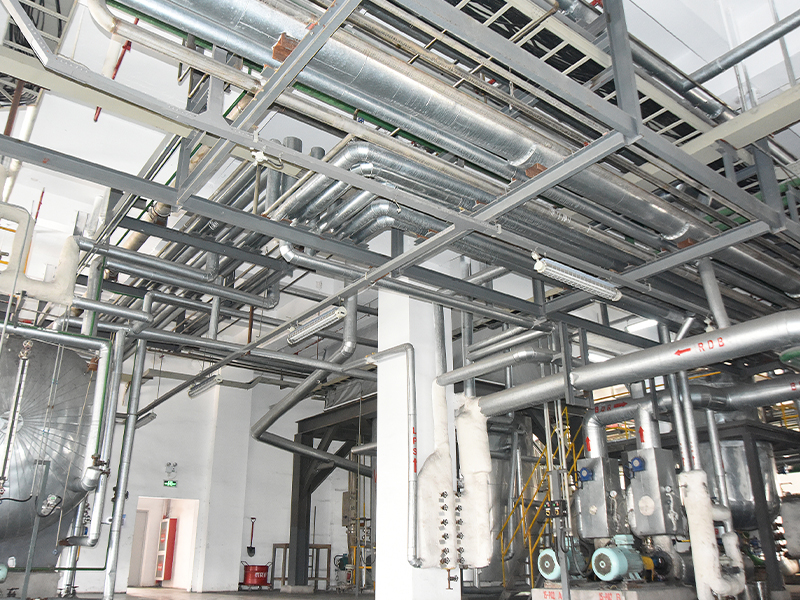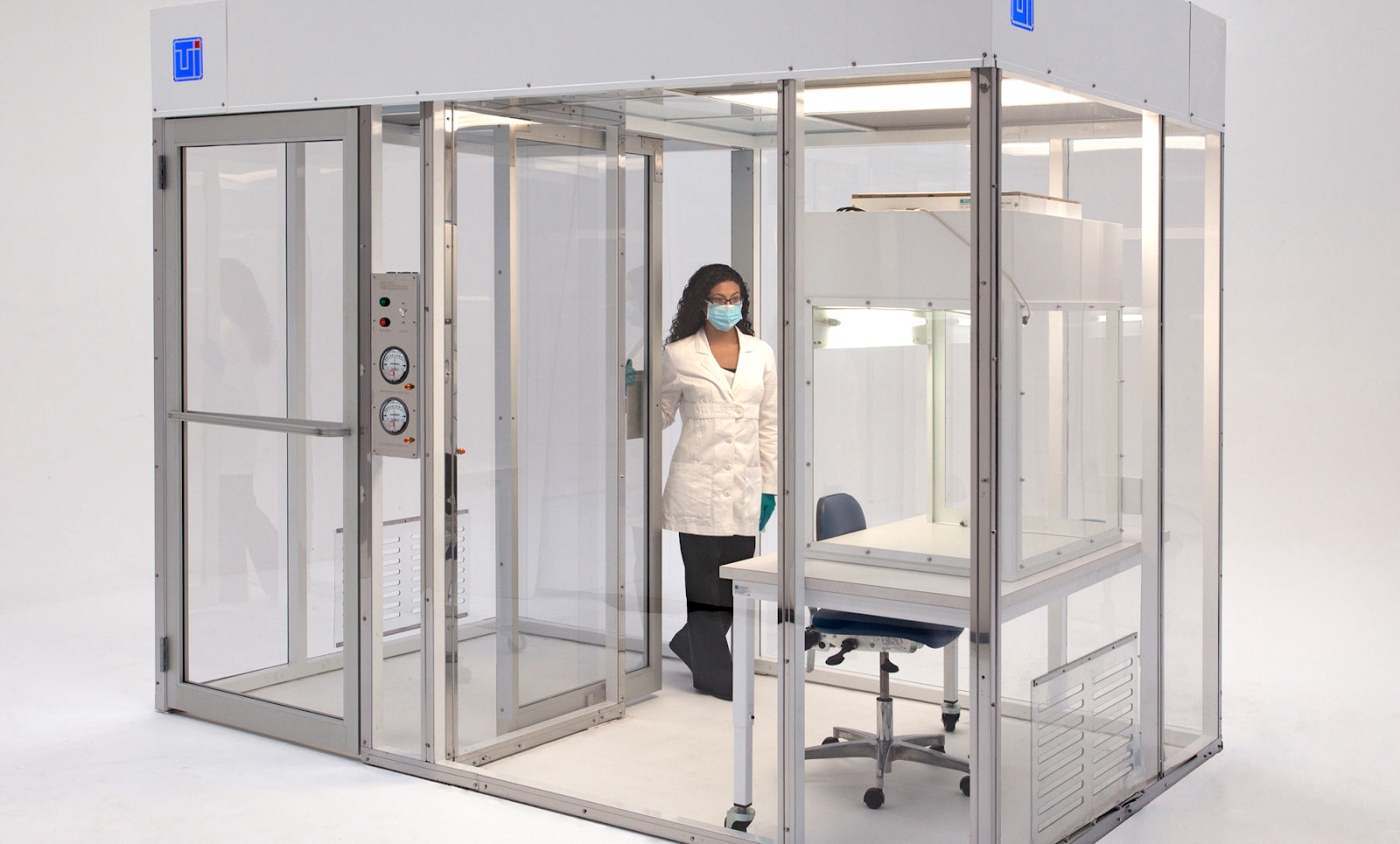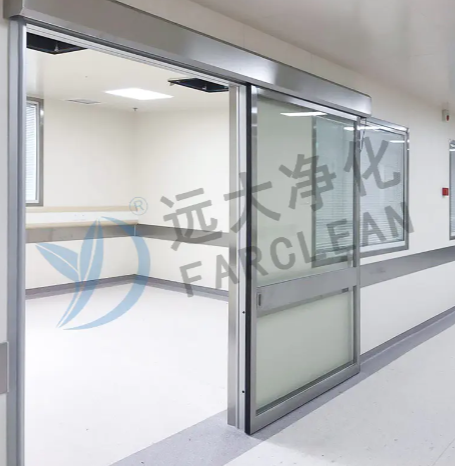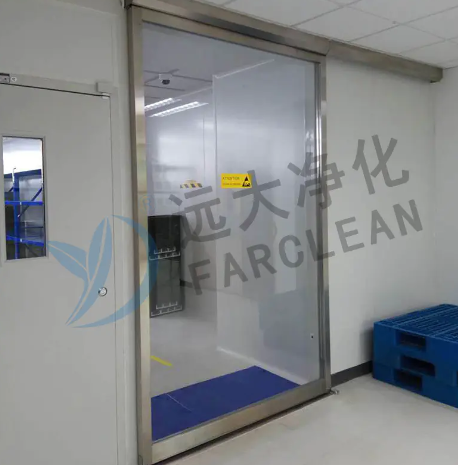Reducing glare on cleanroom windows is essential for maintaining clear visibility and minimizing eye strain for personnel. Here are some techniques and technologies commonly used to achieve this:
Anti-Reflective Coatings:
Multi-Layer Coatings: Applying multiple thin layers of anti-reflective coatings to the window surface to reduce light reflection and enhance clarity.
Nanotechnology Coatings: Using advanced nanotechnology to create ultra-thin coatings that minimize glare while maintaining optical clarity.
Tinted Glass:
Low-Reflective Tints: Using lightly tinted glass that reduces glare without significantly affecting the visibility.
UV-Blocking Tints: These not only reduce glare but also block harmful UV rays, protecting both personnel and materials within the cleanroom.
Matte Finishes:
Etched Glass: Using chemical or mechanical processes to create a matte finish on the glass, diffusing light and reducing glare.
Frosted Glass: Sandblasting or acid etching glass to create a frosted effect, which scatters light and reduces direct glare.
Polarized Films:
Adhesive Films: Applying polarized adhesive films to the surface of the windows, which can significantly reduce glare by filtering out certain light waves.
Static Cling Films: Easy-to-apply and removable films that offer a temporary solution for reducing glare.

Angled Window Placement:
Non-Perpendicular Installation: Installing windows at slight angles to prevent direct light reflections that cause glare.
Strategic Positioning: Positioning windows away from direct light sources, such as sunlight or strong indoor lighting.
Blinds and Shades:
Built-In Blinds: Integrating blinds within the window panes that can be adjusted to control light and reduce glare.
External Shades: Using external shades or blinds that can be manually or automatically adjusted based on lighting conditions.
Smart Glass Technology:
Electrochromic Glass: Glass that can change its tint in response to an electrical charge, allowing for dynamic control of light transmission and glare reduction.
Thermochromic Glass: Glass that changes its tint based on temperature, reducing glare as the environment heats up.
Laser-Structured Surfaces:
Micro-Structured Glass: Using laser technology to create micro-structures on the glass surface that diffuse light and minimize glare.
Double Glazing with Diffusing Layers:
Diffusing Interlayers: Incorporating diffusing layers within double-glazed windows to scatter light and reduce glare while maintaining insulation.
By employing these techniques and technologies, cleanroom window designs can effectively manage and reduce glare, ensuring a comfortable and productive environment for cleanroom personnel.

 English
English русский
русский Español
Español





